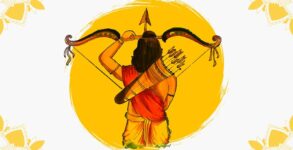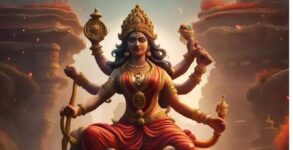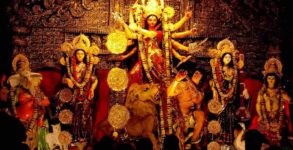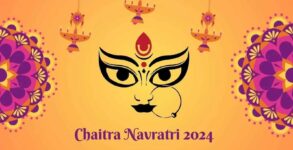The Kumbha Sankranti is a day of utmost religious significance to Hindus all over the world, and sees the confluence of devotees to the holy cities of Allahabad, Haridwar, Ujjain, and Nasik.
This day is closely associated to the Kumbha Mela, and devotees take a dip in the holy river Ganges, as well as the Yamuna, the Godavari, , the Krishna, the Narmada etc. in hopes of cleansing their sins.
Kumbha Sankranti symbolises the transition of the sun from Makar rashi to Kumbha rashi, and marks the start of the eleventh month in Hindu Solar Calendar.
2021 DATE AND AUSPICIOUS TIMINGS:
This year, the Kumbha Sankranti will be celebrated on Friday, the 12th of February, 2021. The auspicious timings for the day are:
Kumbha Sankranti Punya Kala – 12:36 PM to 06:09 PM
Duration – 05 Hours 34 Mins
Kumbha Sankranti Maha Punya Kala – 04:18 PM to 06:09 PM
Duration – 01 Hour 51 Mins
SIGNIFICANCE:
The Sun is said to change its position every month, transitioning from one zodiac to another in its completion of the yearly cycle. Every time the sun thus transitions from one zodiac to the other, Sankranti is celebrated. In the case of Kumbha Sankranti, the sun transitions from the zodiac “Makar rashi” to “Kumbha rashi”, and marks the beginning of the eleventh month of the Hindu Solar Calendar.
On this day, devotees take a bath in the holy rivers of Ganga, Yamuna, Kaveri, Narmada, etc. It is believed that doing so will cleanse them of their sins, as well as purify their body and mind. Not only that, taking a holy bath on this day is also believed to help the devotees achieve happiness, luck and prosperity, and even attain salvation.
RITUALS AND CELEBRATIONS:
After taking a holy bath and offering prayers, the worshippers provide offerings to cows, which is considered especially auspicious on this day. People also donate food and other necessities to the Brahmin Pandits as well as the poor, as Dan-Punya activities are considered highly auspicious on all twelve Sankrantis of the year.
While the day is celebrated all over the country, it is done so with special fervour in the East. For the people of West Bengal, the day marks the commencement of Falgun Maas. According to the Malayalam calendar, this festival is known as Masimasam while in South India Sankranti is known as Sankramanam.


















